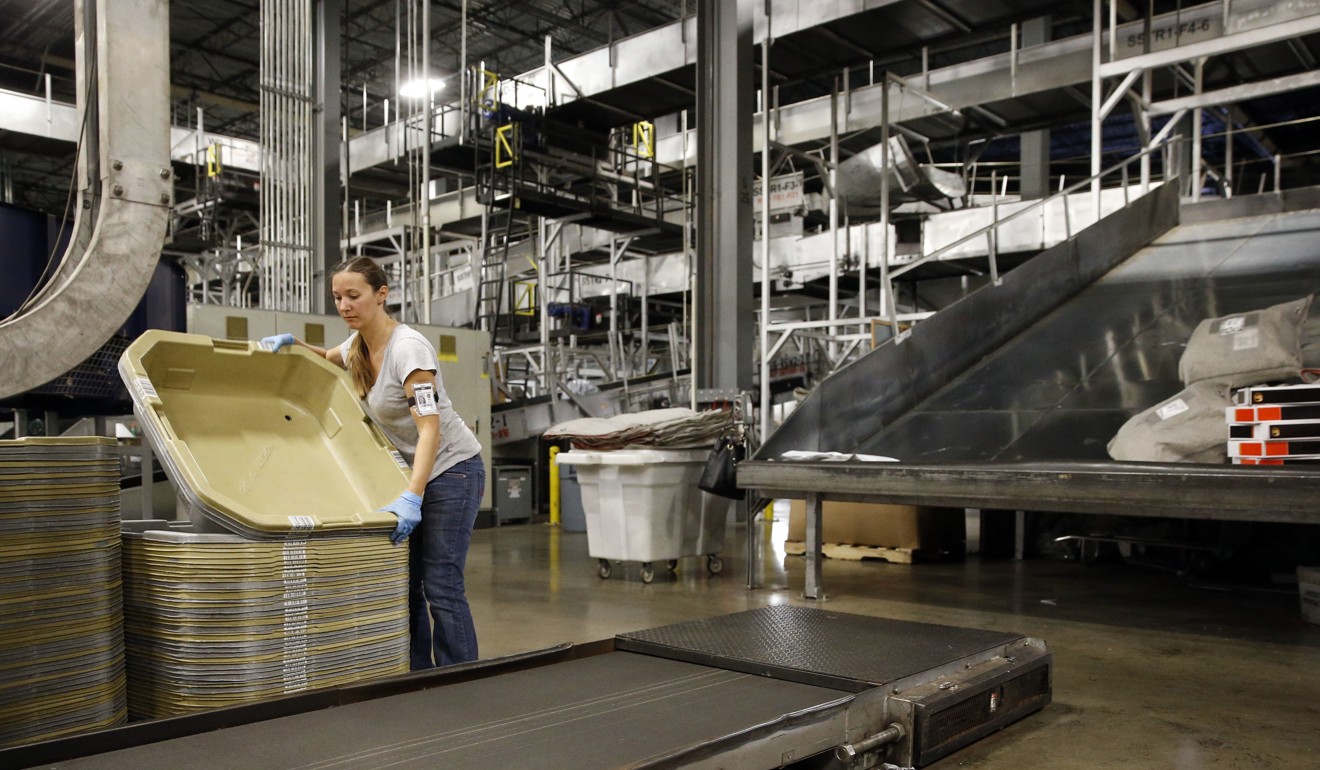
US unemployment rate drops to 10-year low as job growth rebounds
Jobless rate hits 4.4 per cent, the lowest mark since May 2007, amid hiring in the hospitality and healthcare sectors
The US added more jobs than expected in April, bringing the country’s jobless rate below the level the US Federal Reserve sees as crucial for further interest rate hikes.
US non-farm payrolls increased by 211,000 jobs last month, boosted mostly by hiring in the hospitality and healthcare sectors, which lowered the broadest measure of unemployment to 4.4 per cent, the US Department of Labour announced on Friday. That rate is the lowest since May 2007.
“The Fed appears to have the green light to raise rates in June,” said Ryan Sweet, director of real-time economics at Moody’s Analytics. “The Fed is concerned that if the economy blows past full employment, it will put significant upward pressure on wages, which will translate into stronger-than-expected inflation.”
Underemployment, which includes those working part-time because they can’t find full-time work of their choice, fell to 8.6 per cent from 9.7 per cent a year earlier.

The jobs gain announced today compares with a Citi Research forecast of a 180,000 increase and a median forecast of 190,000, according to a report issued by Citi immediately after the jobs data were published.
The strong employment numbers offset a “disappointing” 2.5 per cent increase in average hourly earnings, Citi research analysts Andrew Hollenhorst and Andrew Labelle said in the report.
“Lower unemployment – which should ultimately drive wage pressure – is the more important takeaway. While the lack of acceleration in recent average hourly earnings readings had been disappointing, on a 3m/3m basis, wages are now accelerating.”
The April job numbers compare with a gain of 98,000 and an unemployment rate of 4.5 per cent in March.
“After a long and sluggish recovery, young graduates’ economic prospects have finally begun to look up,” according to a report, published a day ahead of the jobs data, from the Economic Policy Institute, a Washington, DC-based think-tank aligned with organised labour groups. “Sustained improvements in economic conditions in recent years have brightened young graduates’ job prospects for employment and wage growth, particularly for those graduating from college.”
Analysts will continue to monitor the Labour Department’s data on long-term joblessness for evidence that the US economy is close to full employment.
The number of long-term unemployed – those without work for at least 27 weeks – was barely lower at 1.63 million in April, against 1.69 million in March, and accounted for 22.6 per cent of the unemployed.
“The number of long-term unemployed fell in April, but there is still some room for improvement,” Sweet said. “Though the labour force participation rate among prime aged workers is trending in the right direction, it remains lower than that seen prior to the last recession. Further improvement is needed, or labour supply issues could build more quickly than we anticipate.”

